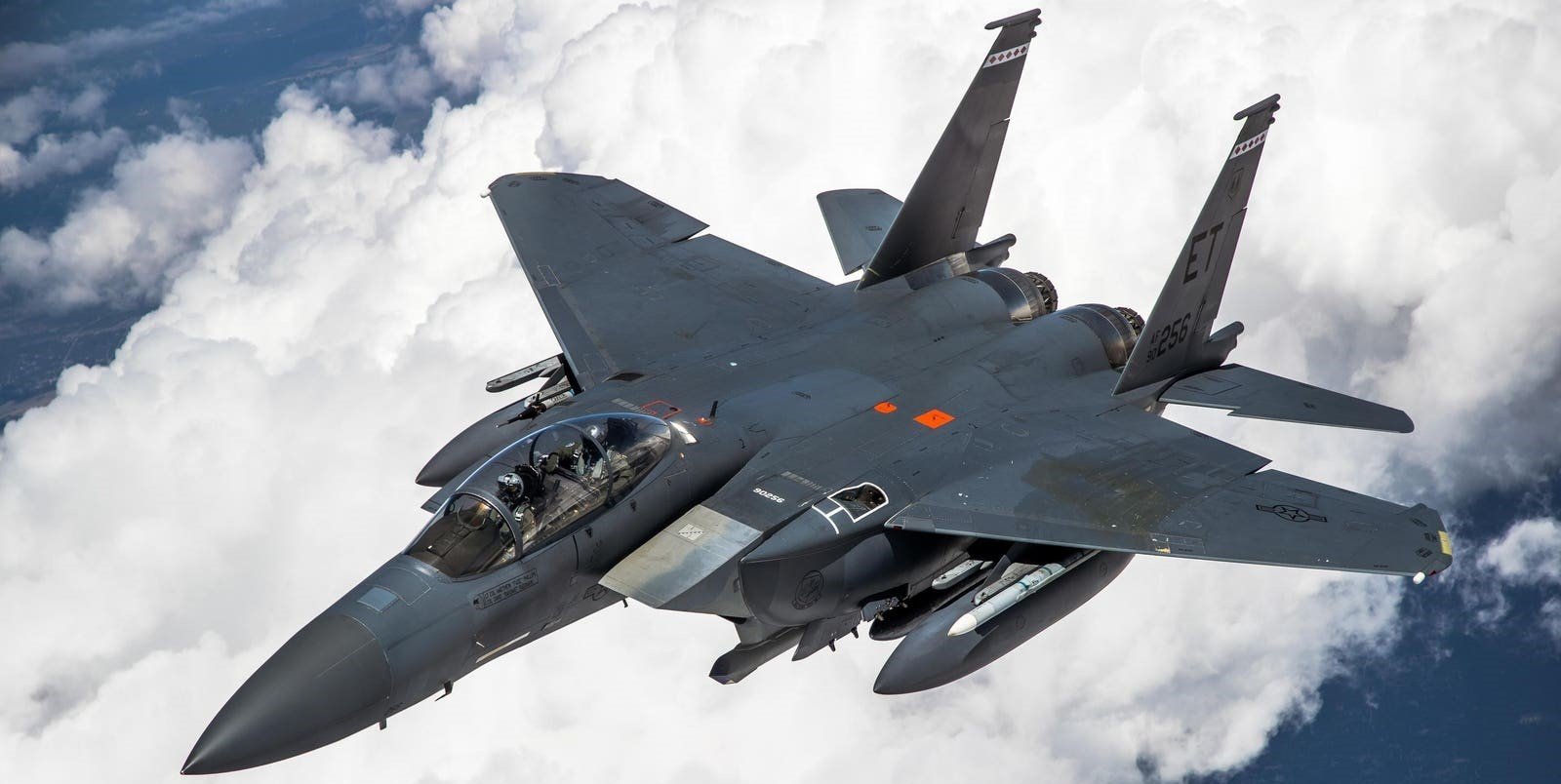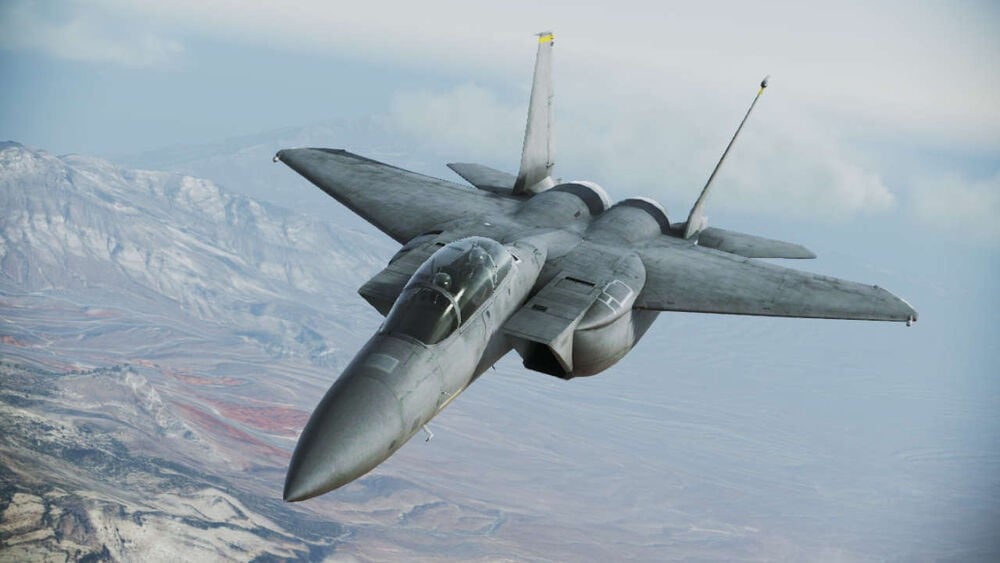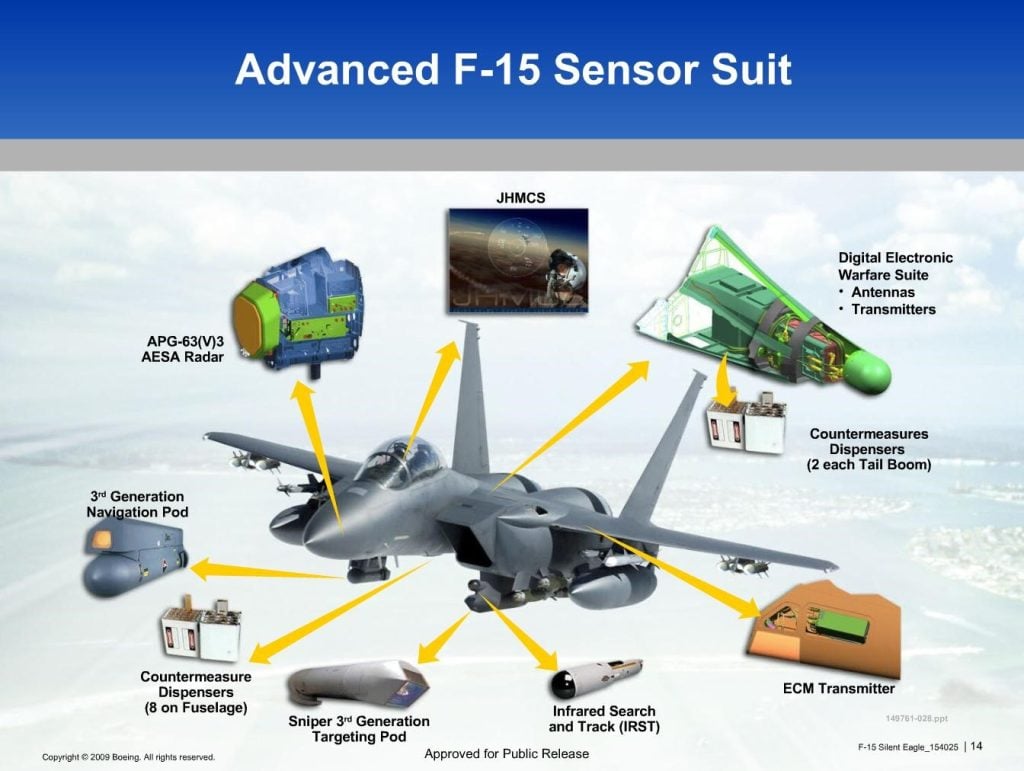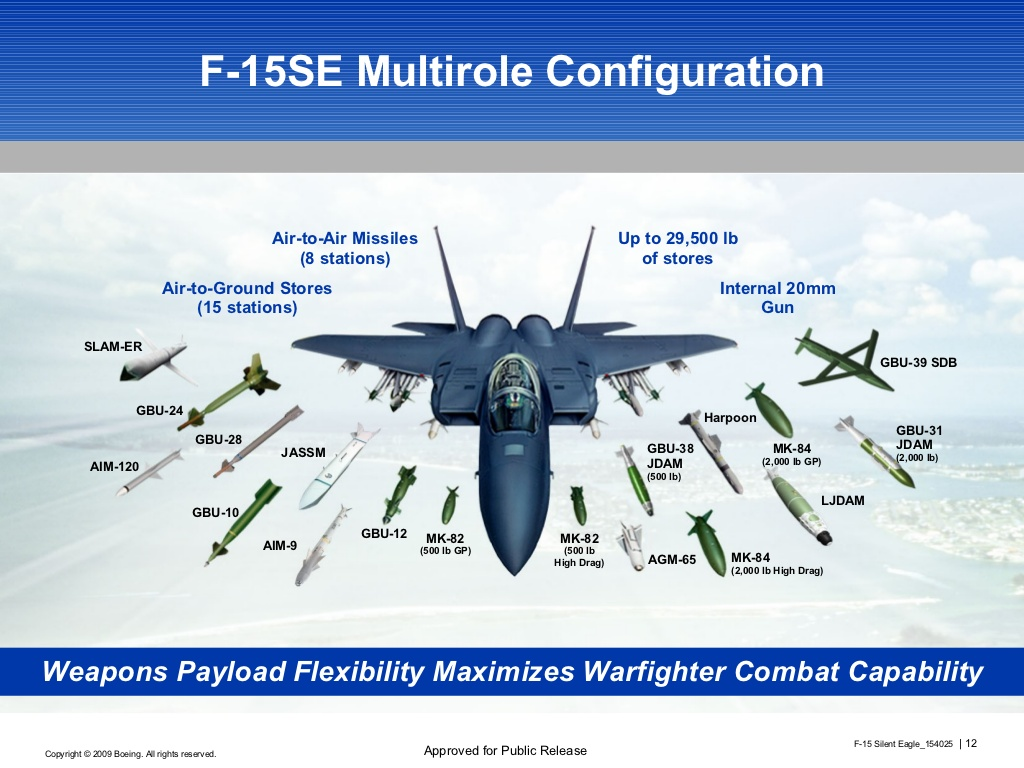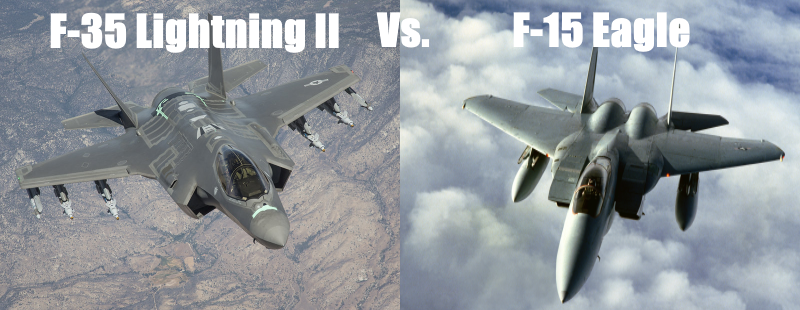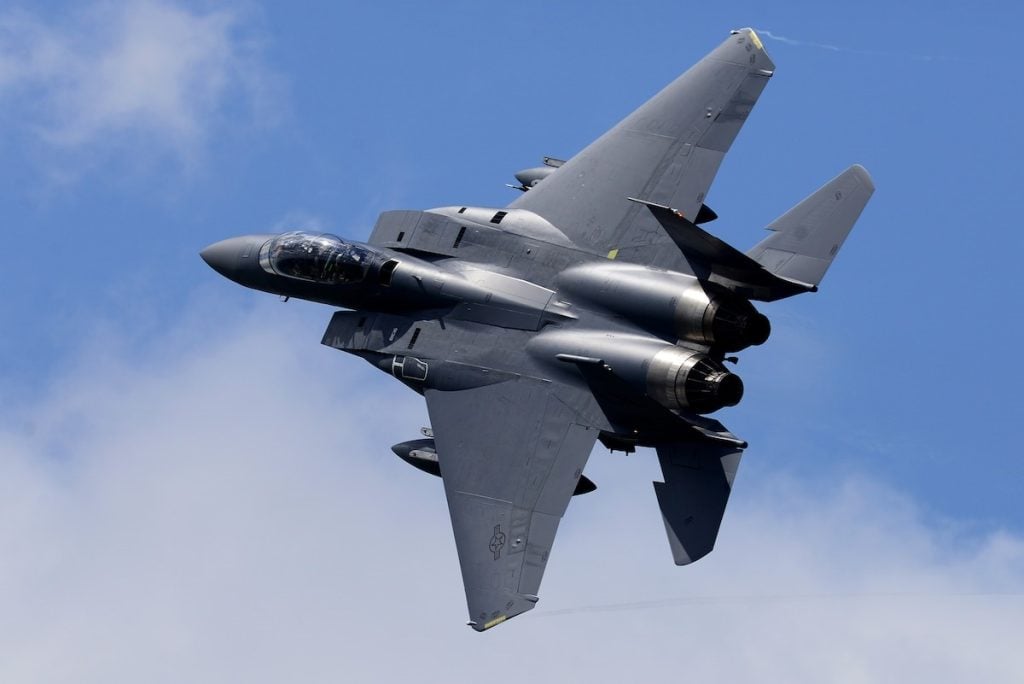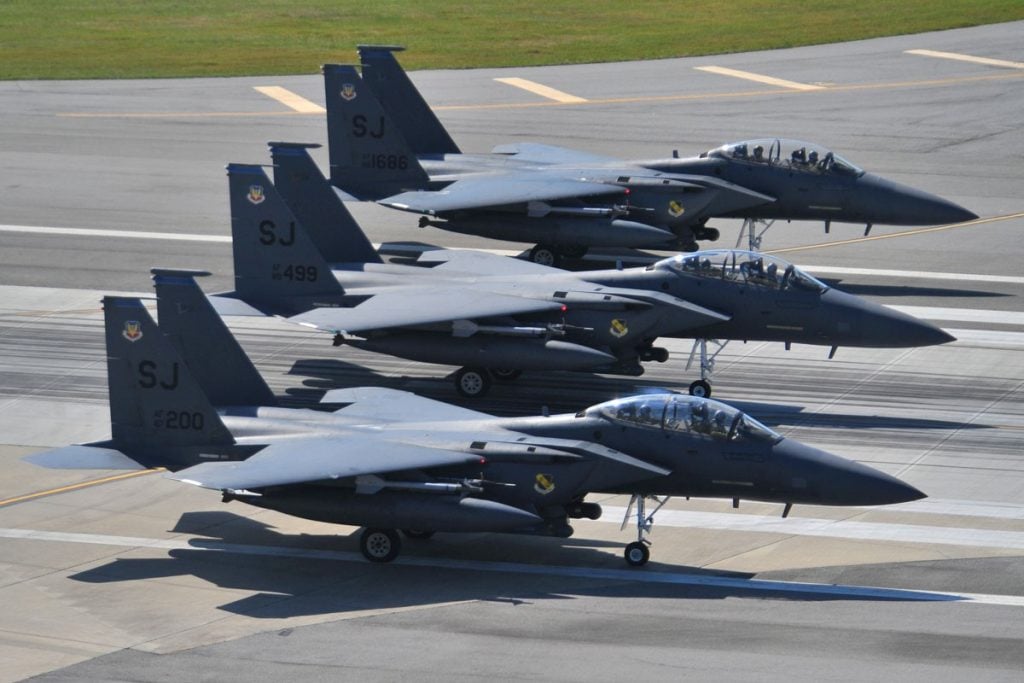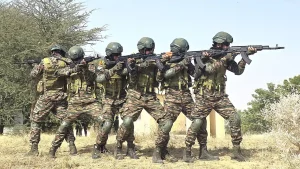In the ever-evolving landscape of modern aerial warfare, militaries worldwide are constantly seeking to enhance their air combat capabilities. The quest for advanced, stealthy, and versatile fighter jets has been a driving force in the development of cutting-edge aircraft designs. One such intriguing concept that never fully materialized was the F-15SE Silent Eagle, an innovative variant of the renowned F-15E Strike Eagle, developed by Boeing in 2009. Despite its impressive capabilities, the Silent Eagle’s journey was ultimately cut short, leaving a void in the affordable, stealthy fourth-generation fighter market. This article delves into the Why the Air Force Rejected the F-15SE Silent Eagle.
Elite Sports Team with Private Jets
The F-15SE : Stealth Enhancements and Multirole Capabilities
The F-15SE Silent Eagle was envisioned as an enhanced version of the tried-and-true F-15E Strike Eagle, a multirole fighter that had long been a staple in the United States Air Force’s arsenal. Recognizing the need for a more stealthy and capable platform, Boeing set out to develop the Silent Eagle, incorporating a range of innovative features that would set it apart from its predecessors.
Stealth Enhancements
At the heart of the Silent Eagle’s design were its stealth capabilities, which aimed to reduce the aircraft’s radar cross-section and enhance its survivability in contested airspace. Key features included:
- Canted Vertical Stabilizers: Unlike the perfectly parallel stabilizers found on other F-15 variants, the Silent Eagle’s stabilizers were angled outward at 15 degrees, reducing its radar signature.
- Conformal Fuel Tanks: The integration of these specialized fuel tanks not only increased the aircraft’s range but also contributed to its stealthy profile by blending seamlessly with the fuselage.
- Advanced Coatings and Shaping: The Silent Eagle’s airframe was meticulously designed and treated with specialized coatings to further minimize its radar cross-section.
Multirole Capabilities
Equipped with a comprehensive suite of avionics, sensors, and weapons systems, the F-15SE Silent Eagle was envisioned as a highly capable multirole platform. Its arsenal would have included:
- Air-to-Air Missiles: The ability to employ a variety of air-to-air missiles, such as the AIM-9 Sidewinder and AIM-120 AMRAAM, ensuring air superiority.
- Air-to-Ground Munitions: The integration of precision-guided weapons, including the Joint Direct Attack Munition (JDAM) and Small Diameter Bomb, for effective ground attack missions.
- Anti-Ship Capabilities: The inclusion of AGM-84 Harpoon missiles would have provided the Silent Eagle with the ability to engage maritime targets.
- Electronic Warfare Suite: A robust Digital Electronic Warfare suite would have enhanced the aircraft’s electronic attack and protection capabilities.
The Competitive Landscape and South Korea’s Decision
The F-15SE Silent Eagle’s development coincided with the emergence of Lockheed Martin’s F-35 Lightning II, a fifth-generation stealth fighter that was garnering significant attention and orders from militaries around the world. As Boeing sought to offer a more affordable alternative, the Silent Eagle found itself in direct competition with the F-35 for the attention of potential customers.
One of the key battlegrounds for this competition was South Korea, where the country’s air force was considering the acquisition of a new fighter jet to bolster its air defense capabilities. The Silent Eagle’s impressive capabilities and lower price tag (around $100 million per unit, compared to the F-35’s $176 million) made it an appealing option for the South Korean military.
Comparing the Lockheed Martin F-35 Lightning II and the McDonnell Douglas F-15 Eagle:
| Feature | Lockheed Martin F-35 Lightning II | McDonnell Douglas F-15 Eagle |
|---|---|---|
| Photo | F 35A Lightning II | MD F 15 Eagle |
| Country | United States | United States |
| Manufactured | From: 2011 to: Present | From: 1972 to: Present |
| ICAO | F35 | F15 |
| Price | $115.5 million | $29.9 million |
| Avionics | JSF Cooperative Avionics | F15 HUD, APG-63 and 70 pulse-Doppler radar |
| Engine | 1x Pratt & Whitney F135-PW-100 | 2x Pratt & Whitney F100-PW-220 |
| Engine Type | Turbofan | Turbofan |
| Power | 43,000 pound-force | 23,770 pound-force |
| Max Cruise Speed | 1,043 knots / 1,932 km/h | 1,630 knots / 3,019 km/h |
| Approach Speed (Vref) | 250 knots | 250 knots |
| Travel Range | 1,500 Nautical Miles / 2,778 Kilometers | 3,000 Nautical Miles / 5,556 Kilometers |
| Fuel Economy | 0.94 nautical mile / gallon / 0.460 km/l | – |
| Service Ceiling | 65,000 feet | 65,000 feet |
| Rate of Climb | 40,000 feet / minute / 203.20 m/s | 50,000 feet / minute / 254.00 m/s |
| Take Off Distance | 168 meters / 551.17 feet | 275 meters / 902.22 feet |
| Landing Distance | 213 meters / 698.81 feet | 1,100 meters / 3,608.88 feet |
| Max Take Off Weight | 31,751 kg / 69,998 lbs | 30,844 kg / 67,999 lbs |
| Max Landing Weight | – | 20,185 kg / 44,500 lbs |
| Max Payload | 8,160 kg / 17,990 lbs | 10,659 kg / 23,499 lbs |
| Fuel Tank Capacity | 2,760 gallons / 10,448 liters | 4,345 gallons / 16,448 liters |
| Baggage Volume | – | – |
| Seats – Economy | 1 seat | 1 seat |
| Seats – Business Class | – | – |
| Seats – First Class | – | – |
| Cabin Height | – | – |
| Cabin Width | – | – |
| Cabin Length | – | – |
| Exterior Length | 15.7 meters / 51.51 feet | 19.43 meters / 63.75 feet |
| Tail Height | 4.48 meters / 14.70 feet | 5.64 meters / 18.50 feet |
| Fuselage Diameter | – | – |
| Wing Span / Rotor Diameter | 10.7 meters / 35.10 feet | 13.06 meters / 42.85 feet |
| Wing Tips | No Winglets | No Winglets |
| More Info | Lockheed Martin F-35 Lightning II | McDonnell Douglas F-15 Eagle |
However, despite the Silent Eagle’s advantages, South Korea ultimately opted for the F-35 Lightning II. This decision was likely influenced by the perceived technological superiority and long-term strategic benefits associated with the fifth-generation fighter, as well as the broader geopolitical considerations and alliance commitments that factored into South Korea’s defense procurement process.
Top 5 Massive Airliners That Dominate the Skies
The Aftermath and the Silent Eagle’s Legacy
The South Korean Air Force’s choice to acquire the F-35 over the F-15SE Silent Eagle marked a significant turning point in the latter’s development. Without a major customer to drive its production and further refinement, Boeing ultimately discontinued the Silent Eagle program, leaving a gap in the market for affordable, stealthy fourth-generation fighter jets.
This decision had several implications:
- Diversification of Air Combat Capabilities: The absence of the Silent Eagle meant that militaries seeking a balance between affordability and stealth had fewer options, potentially limiting the diversification of modern air combat capabilities.
- Reliance on Fifth-Generation Fighters: The dominance of the F-35 in the global fighter jet market increased the reliance on fifth-generation platforms, which can be more complex and costly to acquire and maintain.
- Missed Opportunity for Technological Innovation: The Silent Eagle’s cancelation represented a missed opportunity to further develop and refine the concept of a stealthy, multirole fourth-generation fighter, which could have contributed to the ongoing evolution of air warfare technology.
Lessons Learned and the Future of Aerial Combat
The story of the F-15SE Silent Eagle serves as a cautionary tale, highlighting the challenges and complexities inherent in modern fighter jet procurement decisions. While the Silent Eagle’s capabilities were impressive, its ultimate fate underscores the importance of balancing technological advancements, budgetary constraints, and strategic considerations in the pursuit of air superiority.
As the global defense landscape continues to evolve, the lessons learned from the Silent Eagle’s journey may inform future decisions regarding the acquisition and development of advanced fighter aircraft. Militaries worldwide will need to carefully weigh the tradeoffs between stealth, versatility, and cost-effectiveness, while also considering the long-term implications of their choices on the overall diversity and resilience of their air combat capabilities.
10 Best Infantry Fighting Vehicles in the World 2024
Conclusion
The F-15SE Silent Eagle, a stealthy and capable variant of the venerable F-15E Strike Eagle, represented a promising step forward in the quest for affordable and versatile fighter jets. However, its ultimate demise, following South Korea’s decision to opt for the F-35 Lightning II, left a void in the market for such platforms. The Silent Eagle’s story serves as a reminder of the intricate balance that must be struck between technological innovation, budgetary constraints, and strategic priorities in the ever-evolving landscape of modern aerial warfare. As the defense community continues to grapple with these challenges, the lessons learned from the Silent Eagle’s journey may prove invaluable in shaping the future of air combat capabilities.
FAQs
1. Is the F-15EX stealth?
Although it does not have stealth features, the F-15EX provides advanced avionics, a new radar system, and a prolonged service life, making it ideal for missions where stealth is not a priority. It will complement stealth fighters like the F-22 and F-35 by handling tasks such as homeland defense and airbase protection.
2. What will replace the F-15?
The F-15EX is set to take over homeland and air defense missions from the F-15C/D and will also act as a cost-effective platform for deploying large stand-off weapons to support the F-22 and F-35. The aircraft was initially delivered in 2021 and began operational service in July 2024.
3. Which is better F-15 or F-16?
Since the F-16 relies on a single engine, it is more susceptible to catastrophic engine failure compared to the F-15, which can operate with just one engine. Additionally, the F-16 has a lower maximum speed, service ceiling, and rate of climb compared to the F-15.
4. How many missiles can the F-15EX carry?
After initial testing is finished, operational units equipped with the new F-15EX will be capable of carrying and deploying a full load-out of 12 missiles on the aircraft once it is fielded.
5. What is the difference between the F-15EX and the Rafale?
Dassault Rafale: 9 points, Boeing F-15EX: 8 points. This analysis shows the Dassault Rafale leading slightly with 9 points versus 8 for the Boeing F-15EX. The Rafale excels in maneuverability, air combat performance, and has a lower hourly operating cost.
